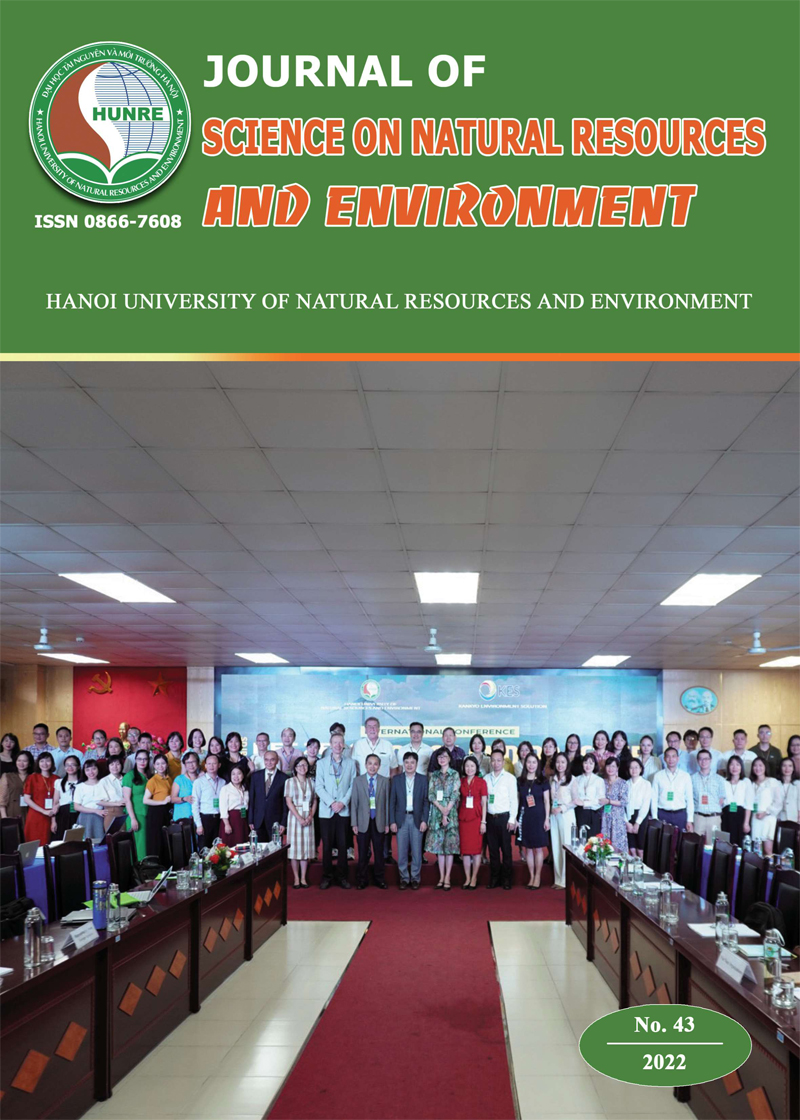8. APPLICATION OF MACHINE LEARNING WITH OBJECT-BASED IMAGE ANALYSIS FOR LAND USE AND LAND COVER MAPPING IN DAK NONG UNESCO GLOBAL GEOPARK, VIET NAM
Tóm tắt
Land use and land cover (LULC) information is a fundamental component of environmental research related to urban planning, green infrastructure sustainability and natural hazards assessment. In particular, remote sensing technology has demonstrated a powerful capacity for LULC modelling with a corresponding increase in sensor number and type. The integration of many algorithms into the object - based classification method to create different sets of machine learning algorithms has proven very effective for image feature extraction from satellite data. In this study, the Random Trees model was used in combination with object - based image analysis (OBIA) to map LULC in Dak Nong UNESCO Global Geopark, Vietnam, using Landsat imagery data for the period from 2005 to 2022. The accuracy results show an overall accuracy (OA) of 83.97 % (2005), 85.38 % (2015) and 86.75 % in 2022 while the results of the Kappa coefficient were 0.82 (2005), 0.83 (2015) and 0.84 (2022). Accordingly, it was concluded that the method proposed here is useful for LULC detection and can be applied to other areas with similar characteristics. The derived maps can also inform as a document to UNESCO and national - level decision making.

